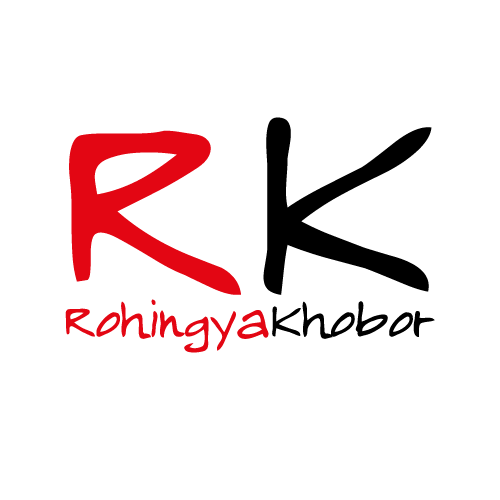Rohingya women were always less fortunate when it comes to education. Women consist of 52% of the Rohingya refugee camps’ population and yet they face numerous obstacle in pursuing their dream for higher education.
Conservative gender norms, restricted cultural movement and prioritization of education for children and youth are to name a few. On the contrary, the initiative from organisations like UN Women, that are trying to develop women’s leadership, achieve gender equality, reduce gender-based violence, and foster women’s empowerment, educational programming for women and girls is indispensable.
In a recent study conducted by UN Women and Dan Church Aid (DCA) to understand the most relevant way to meet Rohingya refugee women and girls’ educational needs aspired a new ray of hope. The interest of women and girls in accessing education is overwhelming. A common barrier was permission from the family members and community leaders. Also, foundational preparatory activities for women and girls are critical.
To overcome the crisis, a blended approach of centre-based and home-based learning is most suited not only to build trust with key decision-makers at the community and household level, but also to cater to various other challenges of mobility of women and girls, constraints of physical spaces, and ensuring access for learners with disabilities, etc. A recent UN Women and IOM study on gender norms that consulted the Rohingya communities highlighted the importance of engaging women and girls in education initiatives in female-only spaces by female teachers.
Margaret Goll, Education Program Manager from Dan Church Aid said, “For education interventions to be successful for women and girls, we also have to consider all the intersected vulnerabilities to which women and girls are exposed. For women and girls residing in the Rohingya refugee camps, those vulnerabilities are myriad. However, so is the desire for education.”













Recent Comments